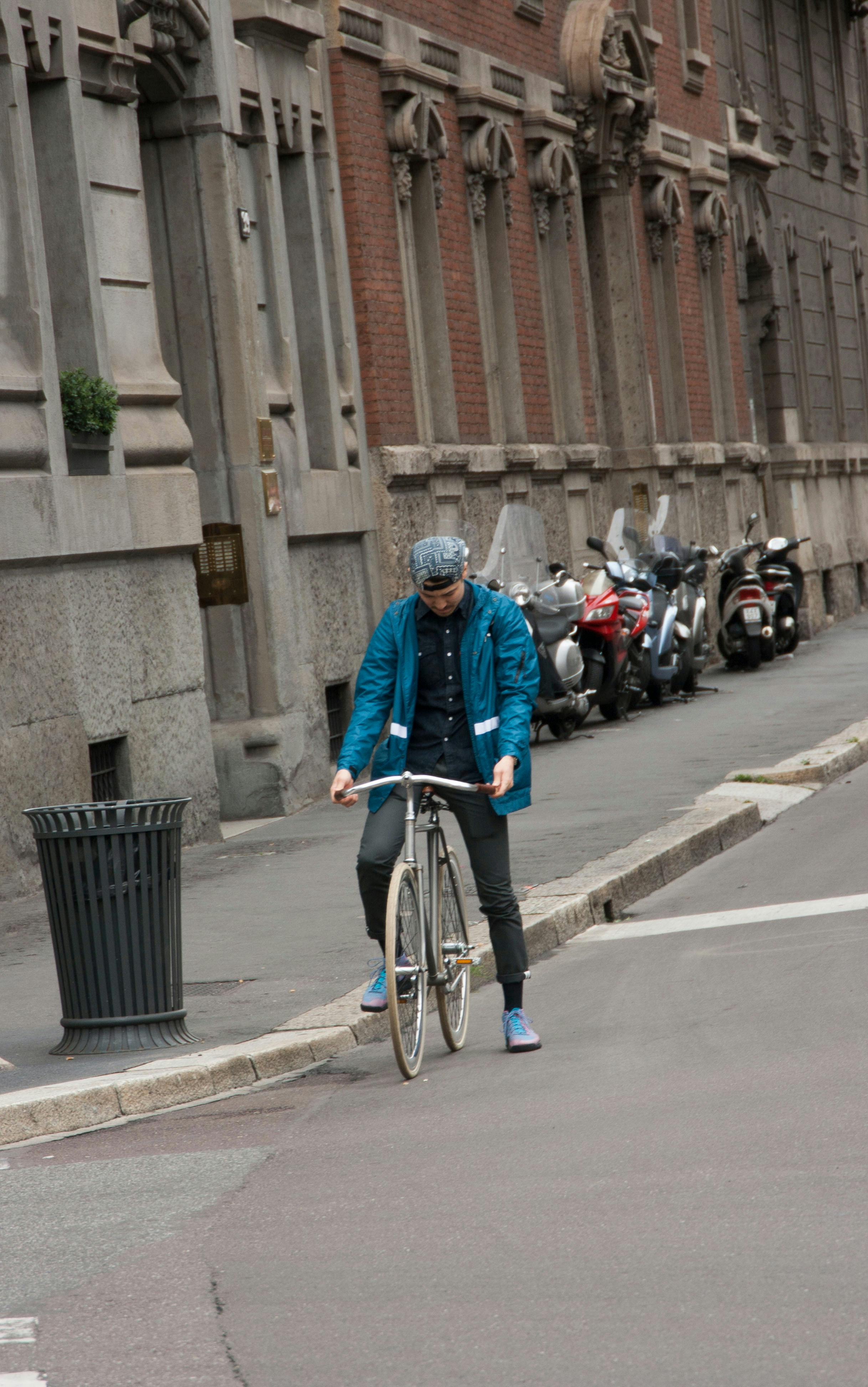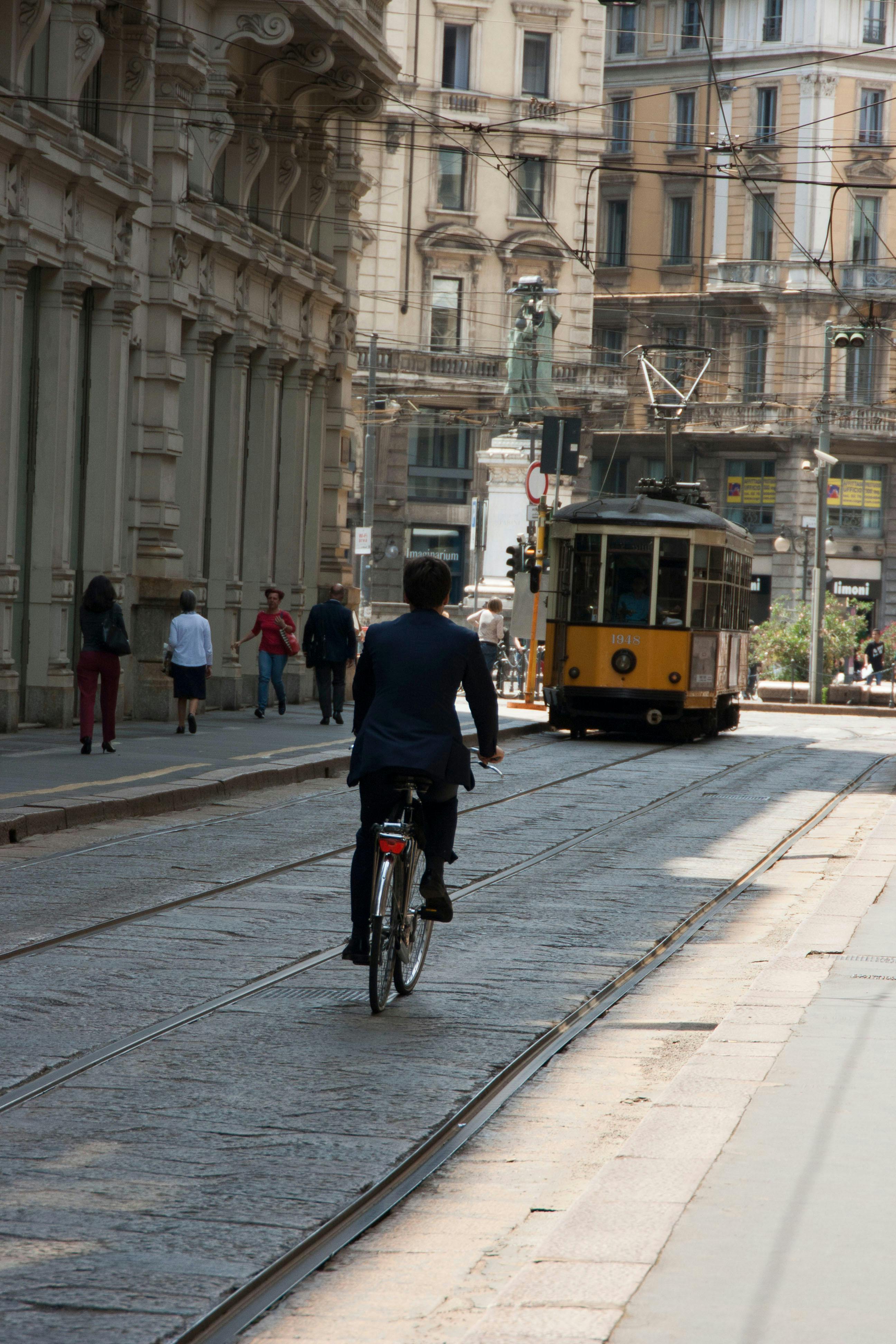Cycling in Milan
It theory, Milan is the ideal city for cycling. We took a look at how theory is put into action.

Text: Silje Strømmen
Photos: Mari Oshaug
You might be surprised when discovering the actual size of Milan. It is small. Really small. While you by car will easily be stuck in traffic, riding around the city by bike is a dream. Until you meet the cobblestone and the tram tracks that is. The city is, or rather should, be oozing with the heritage of having some of the worlds finest bicycle brands and frame builders living and working in the city. Instead it rather feels rather forgotten, with some few joyful exceptions.
Like most major cities Milan is focusing on creating a more sustainable and bicycle friendly city, choosing to focus on marketing the bike as a way of transportation in everyday life in addition to development. This, they hope, will relieve interchanges and in return give the Milanese a beautiful and sustainable city. With its flat landscape, relatively small distance and mild climate Milan should be the ideal city for cycling.
The Milanese however has over decades failed to realise this, and the result is a city where pollution as a result of an overuse of cars in the city centre is a serious problem. The Milan Councillor have promised to reverse this trend and aims to make cycling an everyday tool for everyone and ensure that the “bicycle trend” becomes a passion. When biking in Milan it becomes painfully clear that most motorists have little or no respect for bikers, both when cycle paths are presented and when one is forced to bike in the road. In the city centre you will find a lot of cobblestone streets, which we all know are beautiful to look at but horrible to ride on. The area around the Domo is also heavily trafficked with trams, creating potential dangerous situations. Cycling cross-city or outside the immediate city centre however is a dream, with short distances, straight rounds and lots of space.

The Milan Councilor’s suggestions for facilitating cycling shows the potential for Milan to become one of Europe’s leading cycling cities:
• Obtain sufficient infrastructure for cycling
• Create awareness and culture for cycling
• Create protected parking for bikes around the city
• Offer dedicated services for the promotion and protection of bikes
• Facilitate access from the metropolitan area under the provincial strategic plan MiBici
• Enhance cycling tourism
Looking at the numbers presented by Comune di Milano Milan is on the right path. Bike sharing data and various surveys, including those conducted by FIAB Ciclobby, demonstrate an increase in bike use, especially in the center and along certain lines and reportedly one in ten uses the BikeMi system.
The data also show that the highest concentration of cycling is occurs during the morning rush and in the late afternoon, revealing that people increasingly use the bike to get to and from work.